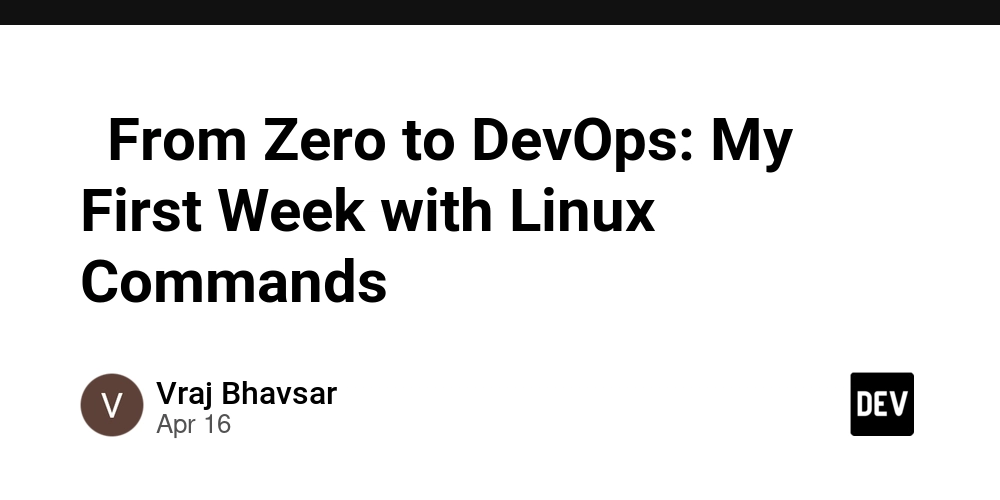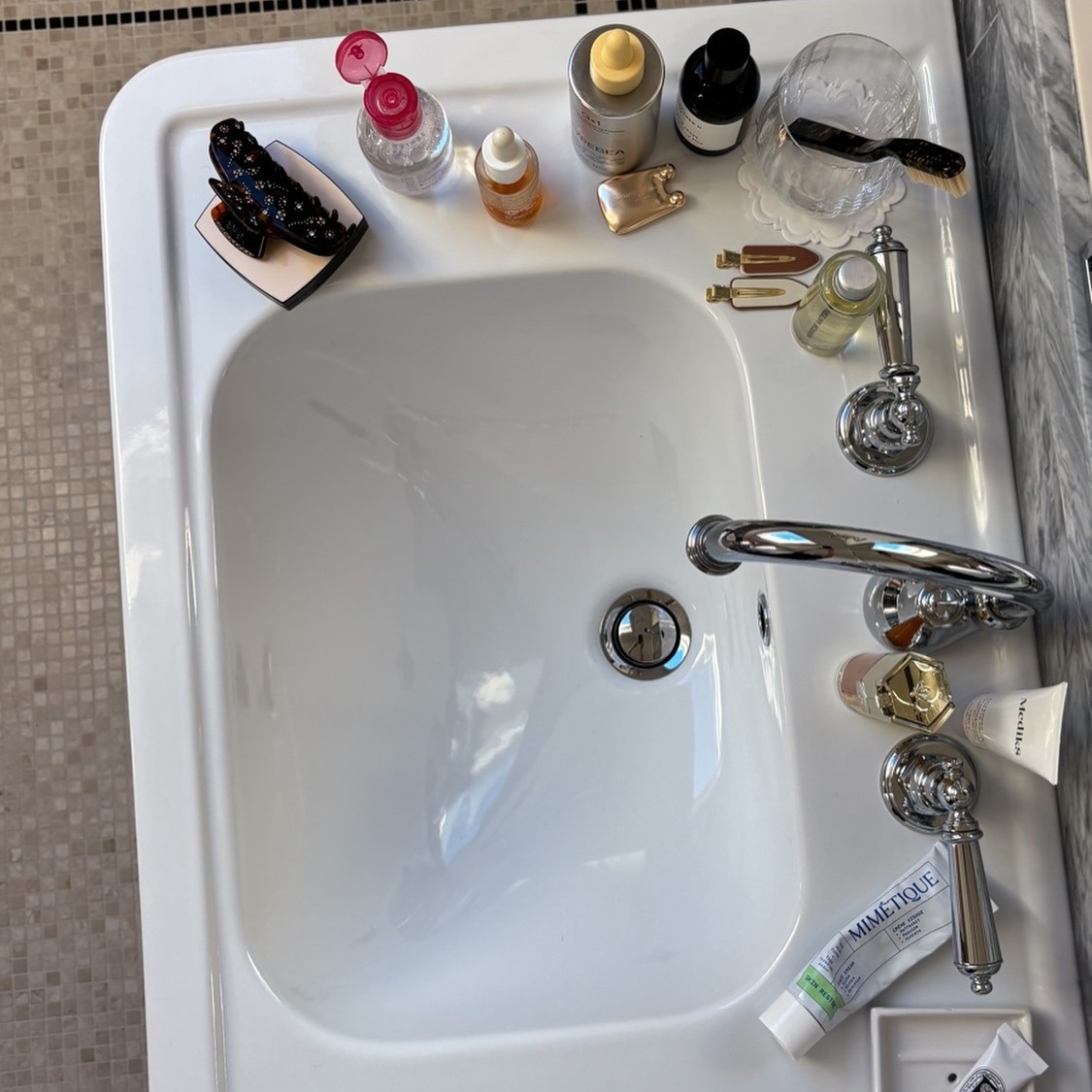A New Way to Think About DIYing Your Financial Life
When I began learning about finance, I was completely overwhelmed. Here's how I eventually found my place as a partial DIYer. The post A New Way to Think About DIYing Your Financial Life appeared first on The White Coat Investor - Investing & Personal Finance for Doctors.

 By Genhee So, WCI Columnist
By Genhee So, WCI ColumnistIf you are anything like me when it comes to learning about finance, I was completely overwhelmed at the start. The thought of trying to learn what I needed felt like it would be an impossible task that would probably take so long that maybe I could figure it out by the time I retired. The only base of knowledge I had was by way of osmosis—kind of sort of listening to what my parents had to say about investing and saving well and, later into my radiology career, grabbing tidbits of information that colleagues were chatting about over coffee. There was no formal education in my medical school on finance as it related to owning a medical practice, and so effectively, I was starting from scratch.
The pressure of what felt like a monumental task—to learn all the relevant information I needed to know about finance without even knowing what was relevant or not—was too much. It was much easier to turn a blind eye to it and shove that responsibility to the very bottom of the to-do pile. When I had the time and energy to tackle it, I’d do it. But for now, I was too busy with other “life stuff.” At least, that's what I told myself.
But when tax time came or after I had gone on a spending spree, I’d feel the guilt of negligence. I felt like an idiot that I still didn’t have a proper plan or approach to building wealth. I felt like a failure for not having the ability to do what so many others did with confidence and ease.
I used to feel embarrassed that, even after finding the right educational resources available, I still couldn’t do it all on my own. But fast forward to a few years later, and I’ve now come to realize that DIYing your finances doesn’t have to be a daunting term; it doesn’t have to be interpreted as the traditional notion of implementation from start to finish and every step along the way.
Finding My Own Version of DIY
When I finally started on my financial educational journey, the vast majority of my financial education for physicians was content created by highly competent docs who knew exactly what to do (I think we all might know one guy in particular). They knew which investments to buy, which accounts to use, how to set up those accounts, and how much they should save. They provided elaborate calculators that were available to plug in numbers and spit out the results of various scenarios. These guys were way smarter than me, and I felt like it would be hopeless for me to try and do this all on my own, especially on a consistent basis.
What ended up happening to me was worse than getting it wrong—I became paralyzed and, as a result, ended up doing nothing, losing out to inflation and the power of compounding.
Thankfully, when I decided to take charge of my financial education, a decade after finishing my radiology fellowship, some of the lessons I learned first were the basics, like compounding and inflation. And the sting of realizing how much I lost because my money was just idly sitting in a checking account prodded me to act; I started to tackle bits and pieces of our wealth-building processes and tools.
My approach to figuring out what aspects of finances I found engaging came from friends (and friends of friends) who made the thought of some sectors of investing manageable, providing support, availability, and experience to answer my barrage of questions and guide me through the process. The fact that there was no expectation for me to know or understand these investments and how they worked but rather to learn from the ground up made the thought of participating more approachable and something that I could learn, understand, and handle myself.
One example of this was our real estate investments. My husband and I invested in some pre-build condos with the intention of renting them and holding on to the properties as they appreciated in value. I discovered several friends had diversified their savings into this realm, and they were more than happy to help me get set up and guide me along the way. Through this journey, I found out that I enjoyed using spreadsheets to populate the cells and keep track of the flow of monies during both the purchasing phase and once they were earning a monthly revenue. But when it came time to fill out all the related tax forms, I left that up to the accountant. And we left the maintenance of the property in the capable hands of a property management company. My husband and I agreed that our time was better spent generating income to cover the cost of a property management company rather than trying to figure out how to fix a broken fridge.
More information here:
DIY vs. Validator vs. Delegator — Which Am I?
More recently, I’ve learned that investors can be broadly placed into three categories: the DIY investors, the validators, and the delegators. As Dr. Jim Dahle has mentioned, the DIYers are the traditional start-to-finish implementers, the validators are those who invest on their own but who also need a review and check-in every once in a while, and the delegators are the ones who prefer a financial advisor to largely manage the portfolio. Integrating this construct into the DIY conversation, I think it’s important to note that the delegator model still has a DIY component.
I feel like I occupy the space between a validator and a delegator, but I needed to be proactive to acquire the right resources to feel comfortable in this space. Successful wealth building cannot be a completely hands-off type scenario where you work with the first financial advisor who approaches you or blindly continue to use the same advisor without implementing some checks and balances along the way.
Maybe most of the WCI readers know this. Maybe this is why WCI readers have largely turned to the hardcore DIY group because they’ve been burned by financial advisors in the past. But maybe there is also a cohort of us who understand the importance of passive income building and mitigating tax but don’t have the time or the capacity to consistently take on this task with confidence. Maybe some of us are building wealth across various accounts and investment vehicles, and what might have started as a simple task for us to manage between our family and professional lives in our early years could become too complex as we start to understand that various accounts may be more interdependent and interconnected than we think.
To this cohort, I would say that it completely makes sense if you feel like you can’t be full-throttle DIY. There should be no shame or embarrassment felt if you can’t manage it on your own. I always remind myself that there are so many pathways on the road to success, and having the right professionals to help you achieve your personal and financial goals will not compromise you making it to the finish line. When it comes to your wealth, I agree with SC Gutierrez’s talk at WCICON25 that a purist DIYer can fall into some sneaky traps, like behavioral biases (you don’t know what you don’t know), if they’re not paying attention. As they say, even the highest-performing athlete needs a coach.
More information here:
Firing Your Financial Advisor and Becoming a DIY Investor — 6 Steps to Make It a Smooth Transition
DIY Isn't One Size Fits All
Now, I look at DIY as a spectrum, and the focus of what you research to achieve financial success changes depending on the level of wealth management you want to take on your own. To me, DIY means doing the research to find the right professional resources to help you achieve a wealthy life and your version of a comfortable retirement. You don't specifically need to know which funds to buy to build your portfolio if you’re someone like me who found the sheer number of funds for sale too overwhelming. I didn’t want to be personally responsible for a loss if the fund went sideways or turned out to be an underperformer against another option I could have chosen.
The other important thing to note here is that my skepticism of the financial industry led me to believe that a fully engaged DIY model was the gold standard and anything less than this was an admission of inferiority. I no longer think this is the case.
To the delegators out there, I suggest making a list of your hard truths and prioritizing what you value in paid financial services. I don’t believe you can beat the market by stock-picking. I believe that low-cost investments, such as (but not limited to) ETFs that mirror indices, are an important part of a larger wealth-generating operation. When interviewing various financial advisors, one of my first questions was if they could place me in low-cost investments or if they had to stick to a prescribed list of investment products laid out by their employer.
I also adopted a buy-and-hold-type mentality in tandem with dollar cost averaging to harness the power of compounding. One of the first interview questions to prospective wealth managers was not just how they were compensated but whether they were also aware of the buy and sell activity that was occurring inside the funds they recommended.
Of course, there’s also the tax side of building wealth; I don’t approach taxes as an afterthought or something only my accountant considers. I consider tax implications alongside both asset location and allocation before purchasing investments, and I also think about what the future tax treatment will be—either on a yearly basis or at the time of sale. In my case, a wealth manager’s grasp of the tax laws with this perspective in mind was crucial. If their only approach to taxes was to discuss tax-sheltered accounts, I knew that particular financial service was not for me.
Don’t let the thought of a traditional DIY approach to wealth building paralyze you into not acting or avoiding the evaluation of your portfolio and professionals. You’re not an idiot. You don’t need to feel guilty. And, unlike what I believed before, it’s not an impossible task. Think of DIY on a spectrum, and most of us in the general physician population need some level of professional help—whether it be an accountant, a lawyer, or a sage financial planner. Take a moment to list what your hard truths are. This will help you ask the right questions and find better value for services rendered. By taking action, you will find your DIY version of financial success.
Are you a DIYer, a validator, or a delegator? Or are you some combination of two or all three? Has your mindset shifted as you've gotten closer to retirement?
The post A New Way to Think About DIYing Your Financial Life appeared first on The White Coat Investor - Investing & Personal Finance for Doctors.







































































